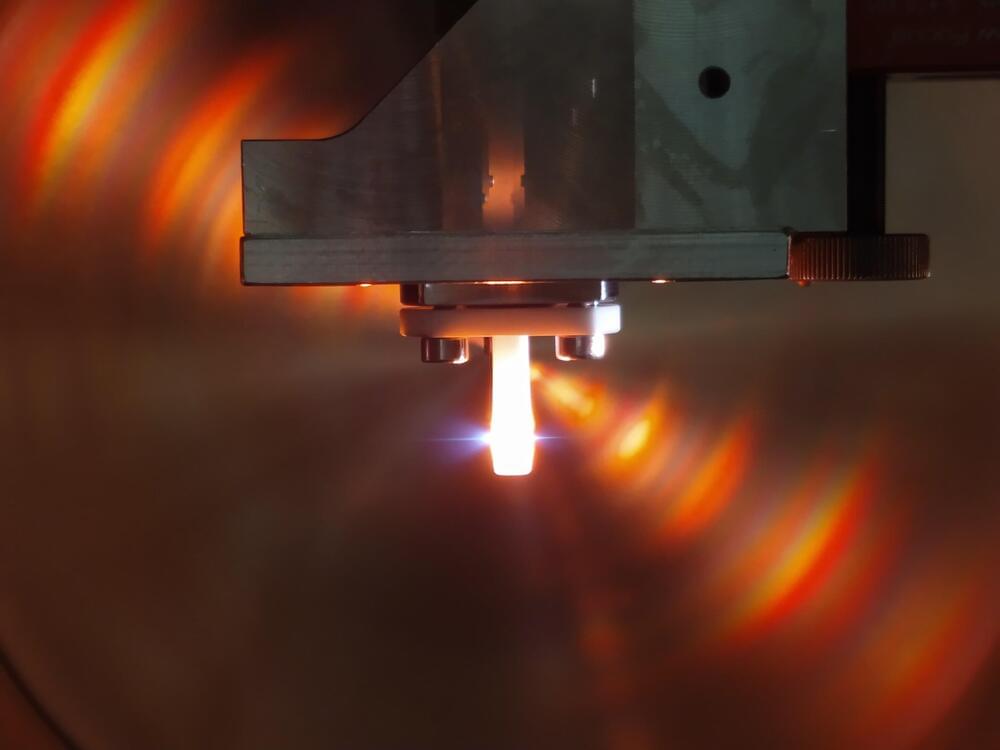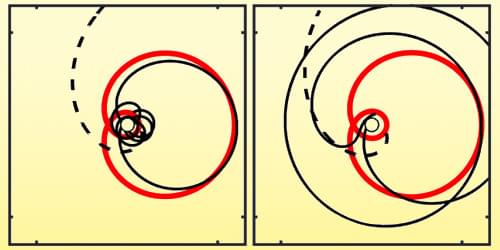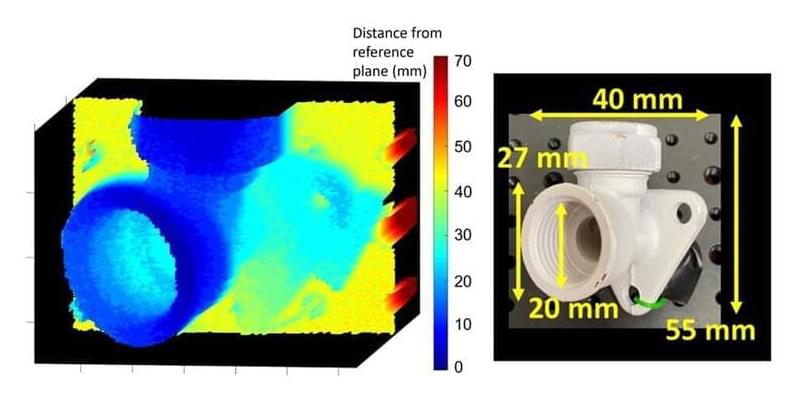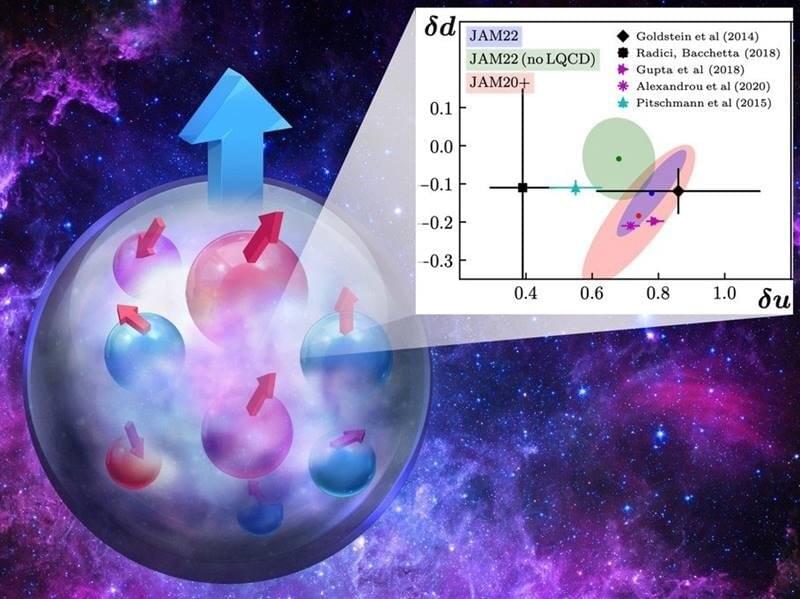May 8, 2023
Electron re-collision tracked in real time
Posted by Quinn Sena in categories: particle physics, quantum physics
😗
The motion of an electron in a strong infrared laser field is tracked in real time by means of a novel method developed by MPIK physicists and applied to confirm quantum-dynamics theory by cooperating researchers at MPI-PKS. The experimental approach links the absorption spectrum of the ionizing extreme ultraviolet pulse to the free-electron motion driven by the subsequent near-infrared pulse. Their paper is published in the journal Physical Review Letters.
For this experimental scheme, the classical description of the electron motion is justified even though it is a quantum object. In the future, the new method demonstrated here for helium can be applied to more complex systems such as larger atoms or molecules for a broad range of intensities.
Continue reading “Electron re-collision tracked in real time” »

















